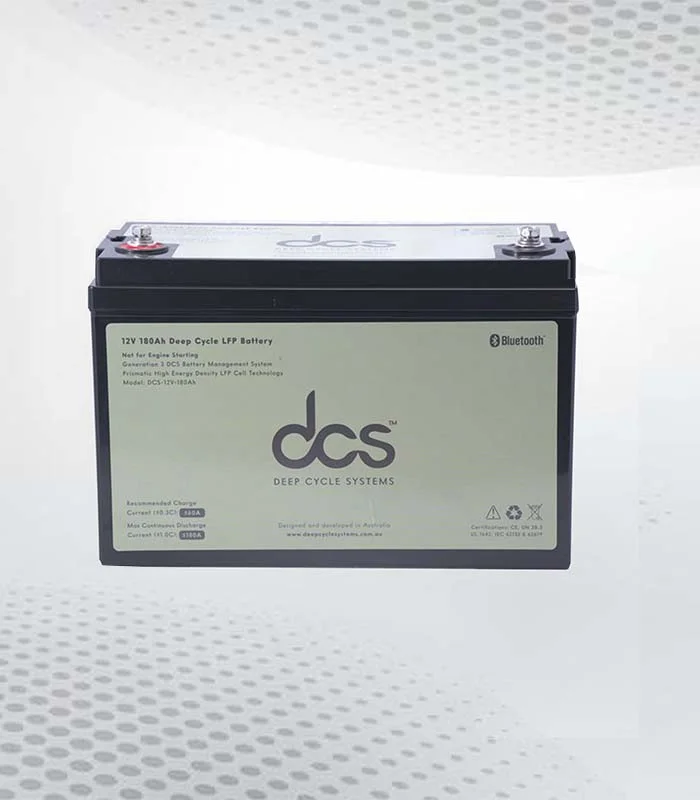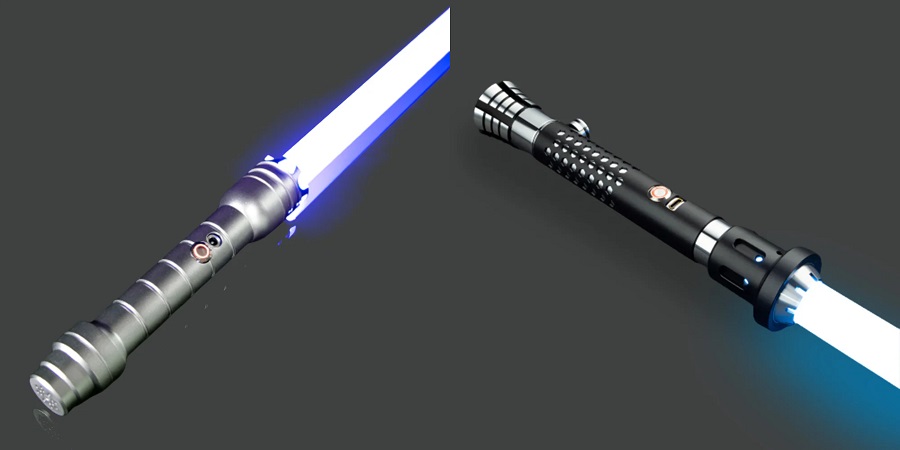Are you looking to supercharge your energy efficiency and make the most of your solar power system? If so, investing in a 3 phase solar inverter might be just what you need. This technology is not only paving the way for more reliable energy conversion but also unlocking new levels of performance for residential and commercial setups alike.
Understanding Solar Inverters
Solar inverters are essential components of any solar power system. They play a crucial role in converting the direct current (DC) generated by solar panels into alternating current (AC), which is what most homes and businesses use. There are different types of solar inverters, but they all serve this primary function. Without an inverter, your solar energy would remain trapped as DC electricity, unable to power your appliances or feed back into the grid.
In addition to conversion, modern solar inverters come equipped with advanced features like monitoring systems. These allow users to track energy production and consumption in real time, enhancing efficiency and enabling smarter management of resources. Understanding how these devices operate can help you maximize your investment while reducing reliance on traditional utilities. Investing time into learning about them pays off when it comes to optimizing energy usage.
The Benefits of a 3-Phase Solar Inverter
A 3-phase solar inverter offers numerous advantages that can significantly enhance your solar energy system. First, it provides better power distribution and stability compared to single-phase inverters. This leads to more efficient energy usage across multiple appliances. Another key benefit is the ability to handle larger loads. Ideal for commercial and industrial setups, these inverters manage high-capacity systems with ease, ensuring optimal performance even during peak demand periods.
Moreover, a 3-phase inverter typically results in lower electricity bills. By maximizing the conversion of solar power into usable energy, users enjoy substantial savings over time. Durability and reliability are also notable features. Built to withstand varying conditions, these inverters often come with advanced cooling systems that prolong their lifespan while maintaining efficiency. Integration with smart technology enhances monitoring capabilities, allowing users to track performance metrics effortlessly. This level of control fosters informed decisions about energy consumption and management.
How Does a 3 Phase Inverter Work?
A 3 phase inverter plays a critical role in harnessing solar energy. It converts the direct current (DC) generated by solar panels into alternating current (AC), which is suitable for home appliances and feeding back to the grid. The process begins with capturing sunlight, which excites electrons in the photovoltaic cells of your solar panels. This reaction creates DC electricity.
Next, the inverter steps in to transform this energy into a 3-phase AC output. By utilizing three separate phases, it allows for balanced load distribution across electrical systems, enhancing efficiency and stability. Advanced technology within these inverters ensures optimal power conversion while minimizing losses. They also feature monitoring capabilities that help users track performance and make necessary adjustments. This innovative design not only improves energy use but also contributes to lower electricity bills over time.
Factors to Consider When Choosing a 3-Phase Solar Inverter
When selecting a 3-phase solar inverter, several factors come into play. First, consider the inverter’s efficiency rating. A higher efficiency means more energy conversion and better overall performance for your system. Next, think about the power output capacity. Ensure it aligns with your solar panel array to maximize energy production and accommodate future expansions if needed.
Durability is also crucial. Look for models built to withstand local weather conditions. An inverter that can handle extreme temperatures or humidity will serve you well over time. Additionally, check for monitoring features. Smart inverters offer real-time insights into performance and allow remote management through apps. Warranty and customer support are vital aspects too. A robust warranty reflects manufacturer confidence while responsive customer service ensures assistance when required.
Installation and Maintenance Tips for Your 3-Phase Solar Inverter
Installing a 3-phase solar inverter requires careful attention to detail. Begin by selecting a suitable location that is dry, well-ventilated, and easily accessible for maintenance. Ensure the inverter is mounted securely on a wall or platform, away from direct sunlight. During installation, follow the manufacturer’s guidelines strictly. Proper wiring is crucial; use high-quality cables and connectors to prevent energy loss or hazards.
Engage a qualified electrician if you’re uncertain. Once installed, regular maintenance checks are essential. Inspect connections periodically for corrosion or wear. Clean dust off the inverter’s surface to maintain airflow and cooling efficiency. Keep an eye on system performance through monitoring tools provided with your inverter. This helps in identifying any anomalies early on. Don’t forget periodic professional inspections to ensure everything runs smoothly and efficiently over time.
Maximizing Energy Efficiency with three Phase Inverter
Real-world examples illustrate the impact of three phase inverter on energy efficiency. One case study from a commercial facility showed a remarkable reduction in electricity costs. By integrating a 3-phase inverter, they optimized their energy consumption patterns.
Improved Energy Output in Commercial Applications
In a case study involving a large commercial facility, the installation of a 3-phase solar inverter increased energy output by 20%, effectively reducing overall electricity costs and maximizing the use of solar power throughout the day.
Enhanced System Performance in Residential Settings
A residential case study demonstrated how a 3-phase inverter optimized energy distribution, ensuring more consistent power for multiple appliances and improving the overall efficiency of the solar system, even during peak usage.
Increased Stability in Industrial Operations
In industrial settings, a 3-phase solar inverter was shown to provide more stable power supply, reducing fluctuations and ensuring continuous operation of heavy machinery, which led to lower operational costs and enhanced productivity.
Long-Term Savings with High-Efficiency Solar Systems
A case study of a farming operation highlighted the long-term benefits of using a 3-phase solar inverter, including significant savings on energy bills and a fast return on investment due to the inverter’s ability to handle high loads with minimal energy loss.
Additional Features and Upgrades for Your 3-Phase Solar In
When considering a 3-phase solar inverter, exploring additional features can significantly enhance your system’s performance. Smart monitoring systems are one of the most valuable upgrades. They allow you to track energy production and consumption in real-time via an app on your smartphone. Another useful feature is battery storage integration. This allows excess energy generated during peak sunlight hours to be stored for later use.
It’s a game-changer for maximizing efficiency and ensuring that you have power even when the sun isn’t shining. Consider also advanced grid support functions, which enable your inverter to interact with the electrical grid more effectively. This can lead to better load management and potentially lower electricity costs. Investing in modular designs can make future upgrades seamless as technology evolves or your energy needs change over time. These enhancements not only improve efficiency but also increase the longevity of your solar investment.
Reliable 3 Phase Hybrid Inverter for Seamless Energy Conversion
A reliable 3 phase hybrid inverter is crucial for maximizing the efficiency of your solar energy system. It transforms the direct current generated by solar panels into alternating current, making it usable for home appliances and feeding excess power back to the grid. Choosing a robust model ensures consistent performance. High-quality inverters minimize downtime and optimize energy conversion rates, which can lead to significant savings over time.
Look for features like automatic fault detection and remote monitoring capabilities. These enhancements allow you to troubleshoot issues promptly, ensuring that your system operates smoothly. Moreover, durability matters when investing in a solar inverter. Units with weather-resistant designs can withstand harsh conditions while maintaining optimal performance levels. When selecting an inverter, consider those backed by strong warranties or service agreements. This adds peace of mind knowing you have support if any issues arise during operation.
Boost Your Solar System’s Performance with a 3-Phase Inverter
Upgrading to a 3-phase solar inverter can significantly enhance your solar system’s efficiency. Unlike single-phase inverters, these devices distribute power more evenly across three phases, minimizing energy loss and improving performance. With better load balancing capabilities, a 3-phase inverter adapts to varying energy demands throughout the day. This means you can harness more sunlight and convert it into usable electricity effectively.
Moreover, many modern 3-phase inverters come equipped with advanced monitoring systems. These features allow users to track energy production and consumption in real time, helping identify opportunities for further optimization. For larger installations or commercial setups, a 3-phase inverter is often essential. It supports higher wattage loads without straining the electrical system, ultimately leading to greater reliability and reduced costs over time. Investing in this technology not only maximizes output but also contributes positively to sustainability efforts by fully utilizing renewable resources available at your location.
Unlock the Full Potential of Energy with Three Phase Solar Inverter
Harnessing solar energy effectively requires the right tools. Three phase solar inverter stands out as one of the most efficient choices for maximizing your solar setup. This technology allows for better distribution and management of electricity across multiple phases. With three outputs, it balances loads more evenly than traditional inverters. By optimizing power conversion, a 3-phase inverter can reduce energy losses significantly. This means you get more usable electricity from your solar panels.
Moreover, these inverters are designed to handle larger systems with ease. They work well with both residential and commercial installations, catering to diverse energy needs. Integrating smart features also enhances performance monitoring. Users gain insights into their consumption patterns while ensuring peak efficiency at all times. Embracing a 3-phase inverter unlocks new opportunities for sustainability and savings alike. The potential is vast when you leverage this advanced technology correctly.
Conclusion
Investing in a 3 phase solar inverter can be transformative for energy efficiency. It not only maximizes the potential of your solar system but also enhances overall performance. With various options available, choosing the right inverter tailored to your needs is crucial. Consider factors like capacity and installation requirements to make an informed decision.
FAQs
How Does a 3 Phase Solar Inverter Work?
A 3 phase solar inverter operates by converting DC from the solar modules into AC while balancing load across all three output phases. It uses advanced algorithms and technology to optimize this conversion process continuously based on real-time data about sunlight intensity and energy consumption patterns.
What is a 3-phase solar inverter and how does it work?
A 3-phase solar inverter converts DC (direct current) electricity produced by solar panels into AC (alternating current) electricity, which can be used by your home or business. It uses three separate phases to distribute the power evenly, providing greater efficiency and stability, especially for larger systems.
What are the benefits of using a 3-phase solar inverter?
The main benefits of a 3-phase solar inverter include improved energy efficiency, reduced system losses, and better performance under heavy loads. It’s ideal for large-scale residential, commercial, or industrial solar systems, ensuring a stable and continuous power supply.
Can I use a 3-phase solar inverter for my residential solar system?
Yes, while 3-phase solar inverters are typically used for larger systems, they can also be used for high-demand residential systems. They are especially useful for homes with multiple appliances or high energy consumption, as they provide better energy distribution and overall efficiency.
| Related Business Listings |
| Contact Directory |
| Local Business Profiles |





